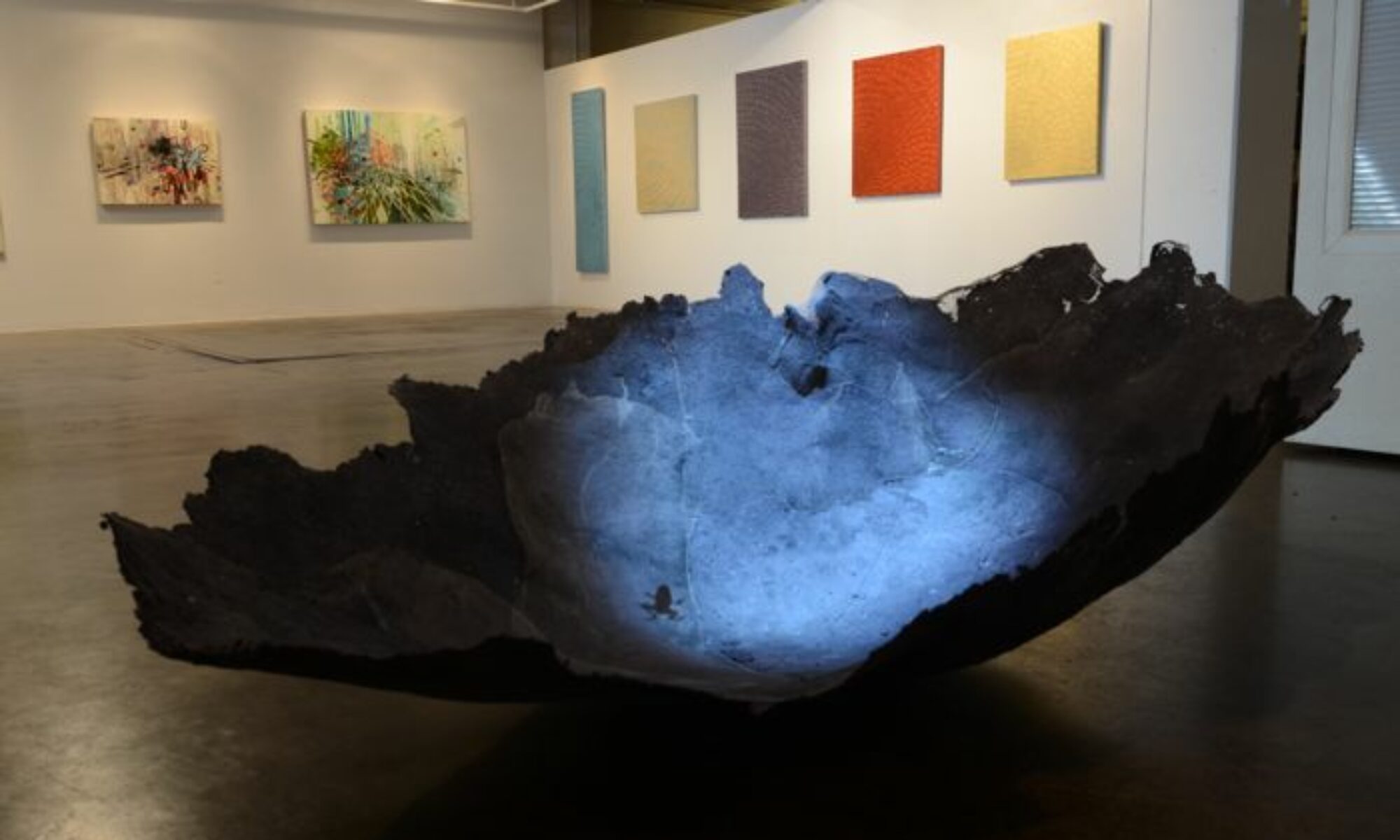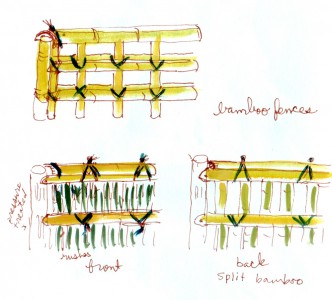“Every man need aesthetic ghosts in order to live,” Yves Saint Laurent at his retirement in 2002.

Illustration Instructor at CU Denver, Colorado
“Every man need aesthetic ghosts in order to live,” Yves Saint Laurent at his retirement in 2002.
I need to invent a waterproof sketchbook. Recently while soaking in a Japanese hot tub, I contemplated the surrounding fence. It was a collage of at least ten japanese fence constructions. I felt the need to sketch and draw in the water. I noticed the proportions and how joints fit together in this fence. It is tempting to recreate designs. We see them here and want to put them there. My mind wandered. I have been warned about that but I can’t help it. If the mind wanders, let it do what it wants. What if the techniques inspired other forms of design? I went home and pulled out a sketchbook that I took with me to Japan years earlier. I remembered a quick color sketch that I did as I walked through Kyoto. The photos from this trip are archived on my computer somewhere and the sketch is bound with the book, sitting on my shelf. Sketches and field notes are artifacts that float in the creative well, and easily accessed. Perhaps one day, this fence idea will become scalable and will inspire something unrelated to a fence.
Gallery and museum directors were once the only curators. The idea of curation is changing and becoming public. Curation is no longer associated with a special person who carefully chooses art for galleries and museums. The word has become diluted and accessible to the public. Curation has come to include anyone who chooses images and then shows them to others. In design, the constraints designers choose, and then how we respond is the definition of design. “What is not there” is as powerful as “what is there.”
How I dress is an act of curation. What I choose to be in my house is an act of curation. These choices are a reflection of what I value. Social media has forced us into being sorters of content and to think about curation. We decide what photos to upload and then if we choose to look, we are forced to see what others choose. Companies now hire visual image collectors to find and comment on utopian images. They are repackaged to a community or market; a collective design consciousness. Streaming across my phone, I have seen that image just hours before. The images are perfect; where is the process associated with the design? I am not suggesting that designers walk around with blinders on or turn off the media to lock themselves in a library with a few select books. Although after looking at these words, this notion sounds rather wonderful. Maybe I could do this for a week or two. But in a matter of time, I would become antsy and look for a plug to reconnect and be a part of my culture again.
Designers must be must be careful to curate how images and content infiltrate their own design process environment. There are at least three important things to consider with design curation. They are inter-related but have distinct meaning.
1. constraints-This involves deciding upon a few concise, elegant selection of ideas that doesn’t include everything in the kitchen sink.
2. editing- This is an active, yet flexible pursuit that continually defines, clarifies and removes content.
3. discipline-Against the flexibility of editing there must be a honing of vision, a stick-to-it-ness that creates meaning and identity.
In the age of social media, designers must take the opportunity to think about constraints, editing and discipline. In a sense, the designer is a fish, hovering between a few rocks, watching images and content float by. These rocks break the water and define the place in which the fish lives so others can know where he is situated. The fish is hovering between several stabilizing forces for a period of time. Some of the content floating past relates to the rocks. If the fish darts about between rocks, he is no longer situated in a place and his identity loses meaning. It takes discipline to pick a few rocks to hover against, turning at times against the forces to have authority over the place.
The idea of hyphenates is intriguing to me. Today, I was researching water catchment solutions for a Tucson garden and reading a food and wine article. Perhaps I was hungry; my mind wandered between design, landscape and food. When things overlap, there is change, and the resulting conditions create opportunities for design thinking. People are rarely one thing. Myself: illustrator-landscape architect, a title that I can easily hyphenate again and again. In my thesis, I researched theories from many fields and found interest in the space occupied by the hyphen itself. Even the ancient Incan technique referred to in Food and Wine Magazine article is a design idea with physical edges, terraces made to maximize water resources. Opportunities for design happens between at least two things.
http://www.foodandwine.com/articles/hollywood-canning-party-preservation-instinct